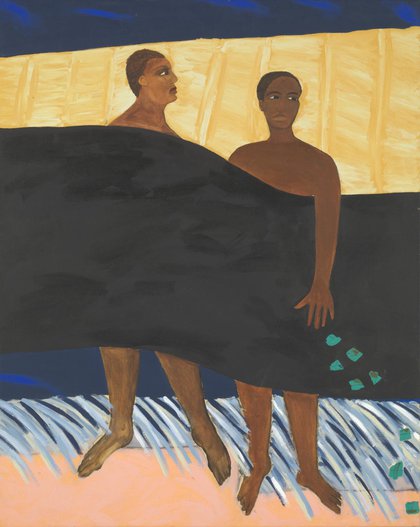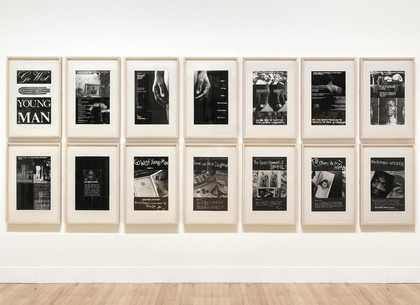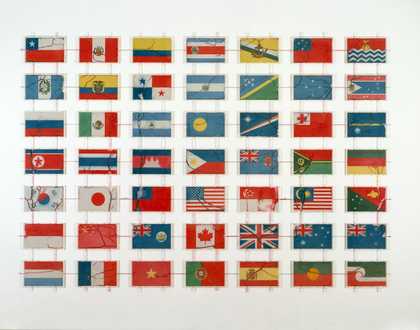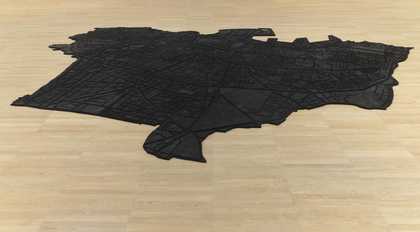This film file is broken and is being removed. Sorry for any inconvenience this causes.
Can art go beyond borders?
Sometimes it’s easier to feel like a stranger in a place like London, where everybody is from everywhere. I might not have done this kind of work if I was too comfortable with my own society.
Gil Mualem Doron
Artist, Who Are We? Project, Tate Exchange
Art can be a language shared between individuals, nations, and cultures. It can redeclare identities that have been lost or abandoned when people find new homes. It gives migrant voices a means of being heard in an otherwise unsympathetic world. As we've seen at Tate Exchange with our artists and Associates, art can bring up powerful questions around outsider status, legality, and identity.
But can art really transcend national and cultural borders? With Article 50 triggered and the UK preparing for an exit from the European Union, questions remain around the ability of art to have real influence in how we think about migration and belonging. Can stories spark debate about the future of migration policy? Can a work of art create a welcome? Tell us what you think below.
Telling stories, creating welcome, changing minds
Once you make people feel welcome and safe to any country, they give more than they take.
Alketa Xhafa Mripa
Artist, Who Are We? Project, Tate Exchange
For a week at Tate Exchange, we asked the question: "Who are we?" Through performances, talks, and old-fashioned conversation, we created a platform for questioning identity, nationalism, modern migration, and belonging. With the help of our Associates and the artists above, we sought to make a space for those voices too often suppressed by political dogfights and hysteria.
Art has the power to change public debate, because it has the power to change each of us. Public debate and sentiment can shift because of it. The contemporary art world is quick to engage with trending topics like migration, but it's up to us to keep the conversation going. Art should embolden us to keep talking, keep listening to voices other than our own, and keep creating welcome in the ways we can.






